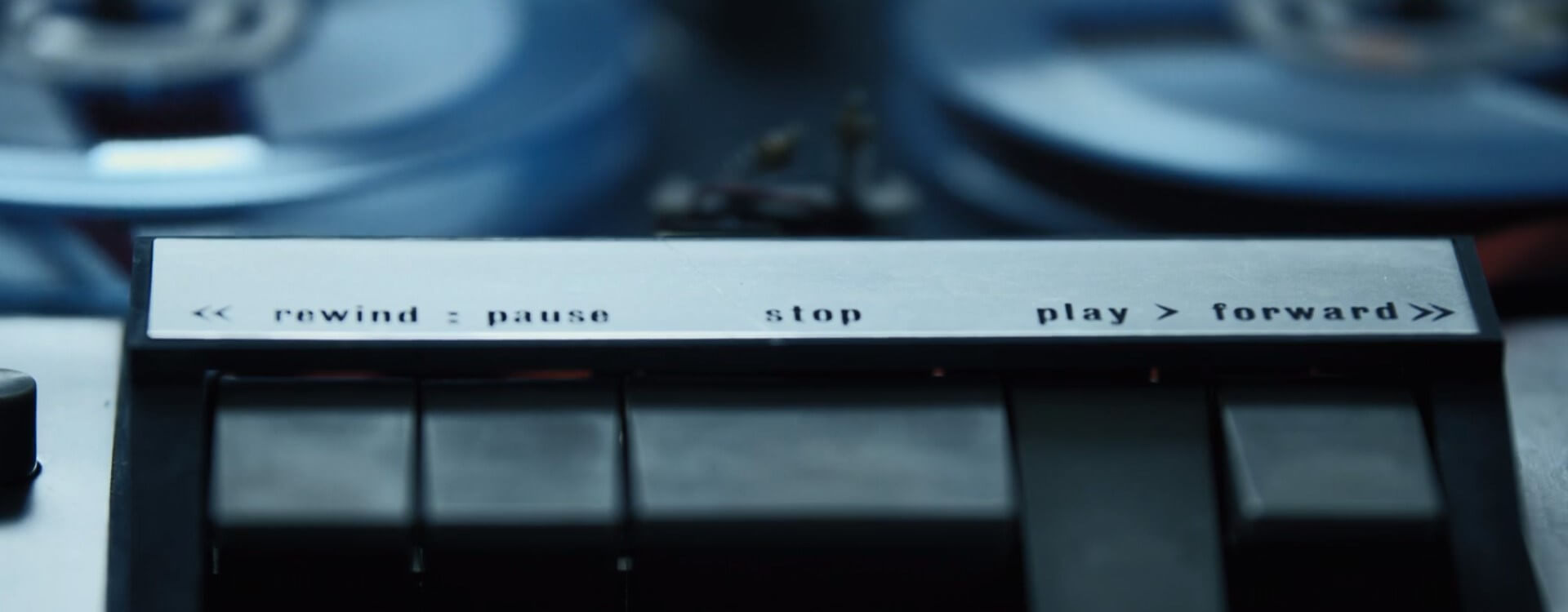Highlights
Table of Contents
Explore article topics
When producing video, audio is important. Very important. If you’re just starting out, make sure to spend as much time learning about how to create great sounding videos. To that end, I wanted to offer five audio-related facts that I think every video creator should know. These aren’t necessarily the most important. They’re just some key points that are very useful to have tucked away in your brain.
Cable types
It’s important to have various types of audio cables so that you can handle every occasion. The most common ones you’re most likely to encounter are XLR, quarter-inch (6.3mm) and RCA.
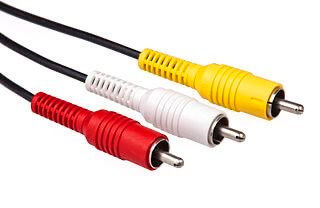

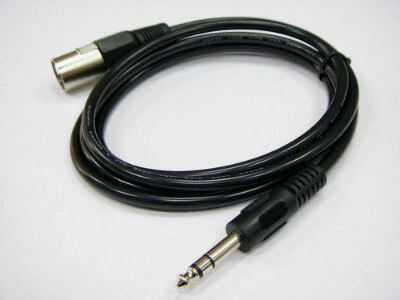
XLR connections are the ones most desired by professional filmmakers and videographers. One key reason is that most XLR cables are “balanced.” Without getting too technical, that simply means that the cable is constructed in a way that reduces or eliminates electromagnetic interference. Longer cables are particularly susceptible to such interference. Quarter-inch cables (6.3mm) are popular with many DJ or portable audio systems. You’ll recognize RCA cables like the ones connected to your old VCR or game consoles. Rarely have I been in a situation where I needed to use an RCA connection for recording audio.
Microphone types
You could write an entire blog post (or even a book) on the topic of microphones. It’s not the scope of this blog post to get into the specifics of each. I just want to make you aware of what’s out there and give you easy access to find out the details for creating great-sounding videos.
There are wireless mics and wired mics. There are shotgun mics, lavalier mics (aka “lav mics”), handheld and PZM mics. You also have omnidirectional mics (picks up audio from all around the mic), uni-directional (picks up audio from directly in front of the mic), and bi-directional (picks up audio from front and back).
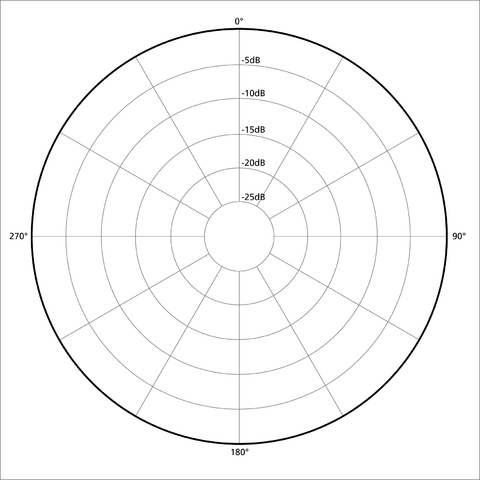
There are cardioid, hyper-cardioid and super-cardioid mics. Cardioid means “heart-shaped” and describes the pick-up pattern of the mic. Handheld mics are usually cardioid.
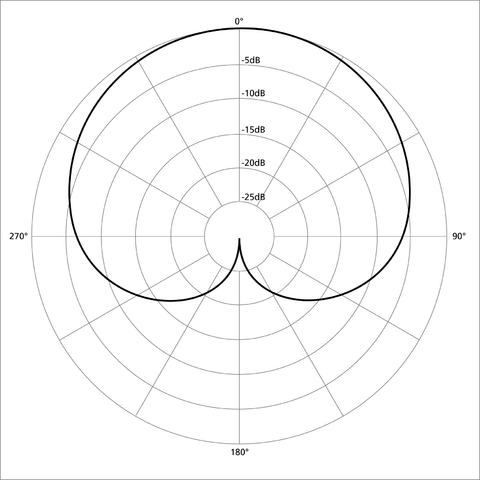
Shotgun mics are typically hyper or super-cardioid because they eliminate most of the audio coming from the sides.
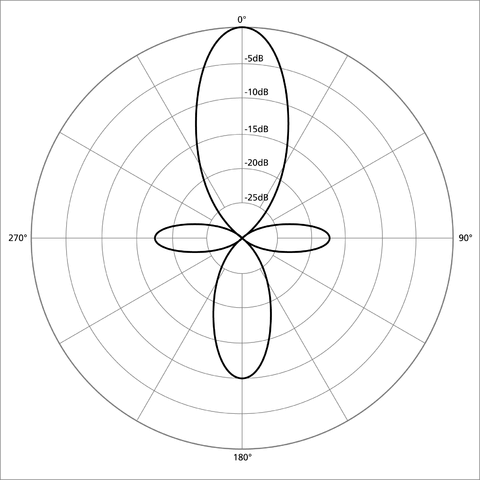
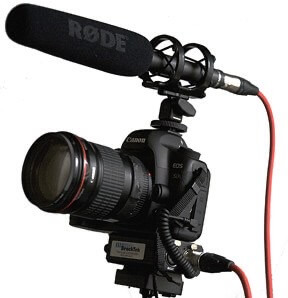
When it comes to wireless mics, there are diversity and non-diversity wireless mics (the former usually has two antennae and typically have fewer dropouts).
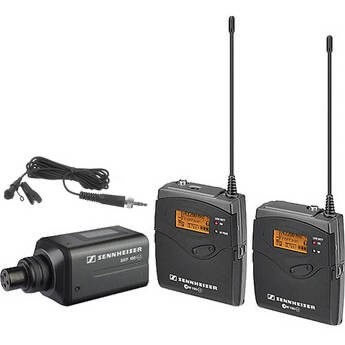
Many of you reading this will be using either wireless lav mics or shotgun mics in your productions. Neither is better than the other. As usual, it all depends on the shoot. If the subject needs a lot of mobility (a documentary, wedding video, bar/bat mitzvah, etc.), a wireless lav is probably the best way to go. If you’re shooting interviews with each interviewee sitting or standing in the same location, a good shotgun mic set up is nice because then you don’t have to fuss with taking lav mics on and off each person.

Line vs. mic level
Mic and line-level relate to the power output of an audio signal. Line level signals are significantly stronger than mic level.
Line level signals are needed for musical concerts and the like, so they have preamps that boost the signal level. This is important for an event videographer because most audio recording devices work at the mic level. If you try to get a line-level feed into a mic level microphone, you will get tremendous distortion. You can avoid this if you have some kind of device like a direct box that can compensate (if you don’t already have a direct box, also known as a DI box, as part of your audio arsenal, you should get one). Some digital audio recording devices allow you to adjust the recording level down, and that may help.
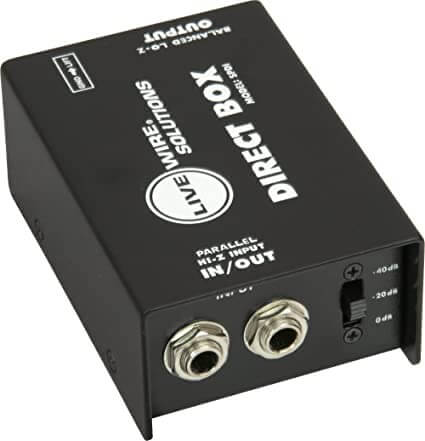
Bit Depth and Sample Rates
I am not an audio expert, so there’s no way I’m going to pretend to know all the science around audio as it relates to bit depth and sample rates. However, as a video content creator, you should at least have a small amount of knowledge regarding each.
In short, bit depth is the amount of data recorded in each audio cycle, which is the sample rate. (And note: it’s bit DEPTH, not RATE. There’s a difference.) Think of bit depth as audio “resolution.” When I’m filming a project, I typically shoot at a 48k/16, a 48khz cycle rate and a 16-bit depth. There is much debate about whether it is better to record at 24-bit or 16-bit. In my opinion, for a good sounding video (especially if it’s for the web), you don’t need to significantly increase your audio file size (and required computer processing power) by using a higher bit depth than 16 or a higher sample rate than 48k. That combination has worked fine for me for nearly 20 years.
Get unlimited royalty-free 4K footage
You Can’t Fix Video Sound in Post
If you over- or under-expose your footage, have too much grain, terribly shaky camera work or you deal with some other visual difficulty, chances are you can come up with some creative solution to deal with it in post-production—you could color grade it a certain way, use b-roll to cover shaky footage, make it black and white if the white balance is horrendous, etc.
However, if your audio is bad, there is very little you can do to fix it. Sure, depending on the issue, you can sometimes add a pass filter here or a compressor filter there to filter out background hum, boost audio, etc. But 9 times out of 10, you’ll just be stuck with bad audio, which will negatively impact your video.
If you have a lot of wind noise because you didn’t use a wind guard, you cannot do much. Filming next to a train track with a train noise in the background? Well, you’re stuck with train noise in the background. If you get static interference or distorted audio from a line-level feed going into a mic level receiver with no adjustment, there’s nothing that can fix that.
A good photography analogy is shooting in low or medium JPEGs and having an image totally blown out. There’s no amount of Photoshopping in the world that can create or return information that just isn’t there. Audio is similar. So, do whatever you can to ensure that you get good, clean audio when you capture audio the first time. I would argue that getting good audio is more important than getting good video for once-in-a-lifetime events like weddings. (Which, by the way, is a great reason for brides to hire a pro vs. Uncle Charlie).
So there you have it. Five facts every filmmaker, videographer or other video content creator should know about audio to create great sounding videos. Do you have any audio facts and tips you can share? Do so in the comments or share on social media and tag Artlist.
For nearly 20 years, Ron has been a professional video producer, content marketer, and influencer in the visual arts industry. Most recently was managing editor of the Frame.io blog and currently managing editor of Film Riot. He helps brands and creative artists tell their stories using video, content, and words. You can learn more about him at https://bladeronner.media.
Share this article
Did you find this article useful?
Related Posts
- By Johan Kok
- 9 MIN READ
- By Josh Edwards
- 6 MIN READ
- By Jose Prada
- 12 MIN READ
Latest Posts
- 25 Apr
- By Josh Edwards
- 4 MIN READ
